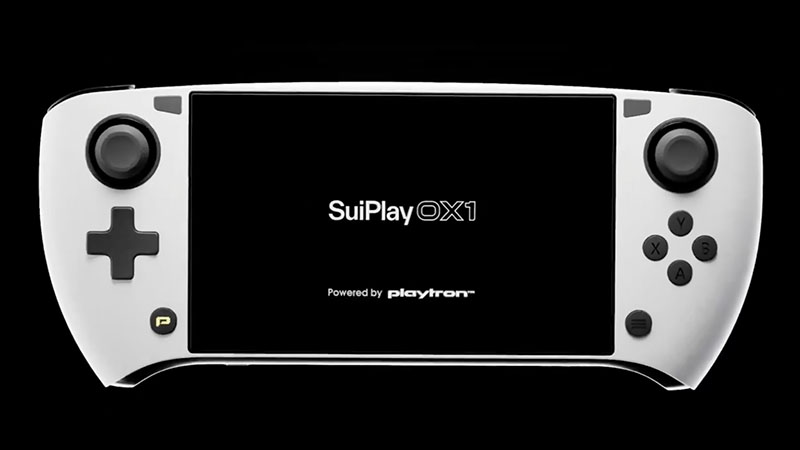Circle’s native USDC is now available on the Sui blockchain, offering users a more seamless and secure stablecoin experience.
With native USDC, users can enjoy a 1:1 peg to the US dollar and utilize this trusted stablecoin across Sui-based services like DApps, DeFi, and gaming.
Additionally, with the upcoming cross-chain transfer protocol, transferring USDC across blockchains will become easier than ever.
Find out how this development will enhance the Sui ecosystem and what sets native USDC apart from the bridged version (wUSDC).
Contents
Native USDC Now Available on the Sui Network
On October 8, 2024, Sui and Circle officially announced the availability of native USDC on the Sui network. USD Coin (USDC), a stablecoin pegged to the US dollar, is issued by Circle and is widely used as a base currency across numerous cryptocurrency exchanges. It also functions as a popular payment method in various services.
There are two types of USDC: native USDC, which is officially issued by Circle on specific blockchains, and bridged USDC, which is transferred from other blockchains. The launch of native USDC on Sui marks the introduction of the native version on the Sui network.
Sui, a Layer 1 blockchain that utilizes the Move programming language, is now supporting native USDC for the first time on a blockchain built with Move.
Bridged USDC (wUSDC) vs. Native USDC (USDC)
Sui already supports a bridged version of USDC, called wUSDC. With the introduction of native USDC, both types of USDC will now be circulating on the Sui network.
Native USDC (USDC) is officially issued by Circle, meaning it can be redeemed 1:1 for US dollars. On the other hand, Bridged USDC (wUSDC) is not issued by Circle and therefore lacks compatibility with services like "Circle Mint" or "Circle API." As a result, wUSDC cannot be directly redeemed for US dollars.
According to Circle’s official announcement, a Cross-Chain Transfer Protocol (CCTP) will soon be introduced to Sui. This protocol will allow developers and users to transfer USDC natively across different blockchains.
【Overview of Bridged USDC (wUSDC)】
- Token Name: Bridged USDC
- Token Symbol: wUSDC
- Token Address:
- 0x5d4b302506645c37ff133b98c4b50a5ae14841659738d6d733d59d0d217a93bf::Coin::COIN::
【Overview of Native USDC】
- Token Name: USDC
- Token Symbol: USDC
- Mainnet Address:
- 0xdba34672e30cb065b1f93e3ab55318768fd6fef66c15942c9f7cb846e2f900e7::usdc::USDC
- Testnet Address:
- 0xa1ec7fc00a6f40db9693ad1415d0c193ad3906494428cf252621037bd7117e29::usdc::USDC
What Does the Introduction of Native USDC Mean for Sui?
The availability of native USDC on Sui is expected to bring support for native USDC across various Sui-based services, including DApps, DeFi, DEXs, DePIN, and gaming platforms.
By leveraging native USDC, users of the Sui network will be able to store digital dollars without needing a traditional bank account and will have the option to buy and sell native USDC with fiat currencies through on-ramp and off-ramp services.
In the volatile cryptocurrency market, stablecoins like USDC play a crucial role in protecting assets during price drops and enabling stable payments. With the launch of native USDC, the overall convenience and growth of the Sui ecosystem are expected to increase significantly.
Circle also noted in its official statement that with the addition of Sui, there are now 16 blockchains supporting native USDC.
-

Introducing the Web3-Compatible Handheld Console: SuiPlay0X1 | Supports Both PC and Smartphone Games
Discover the revolutionary SuiPlay0X1, the first handheld gaming console with Web3 functionality. Supporting a vast array of PC and smartphone games, it's set to change how we play and earn.
続きを見る


